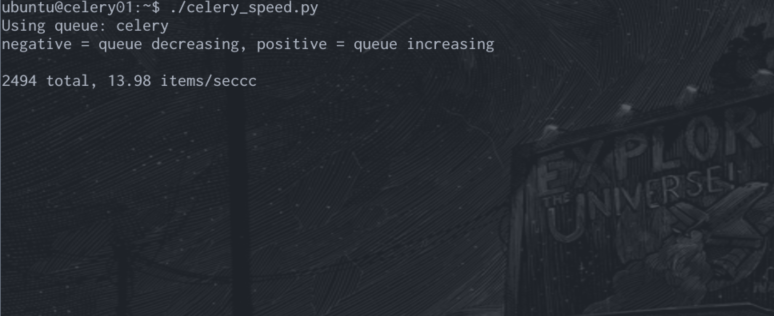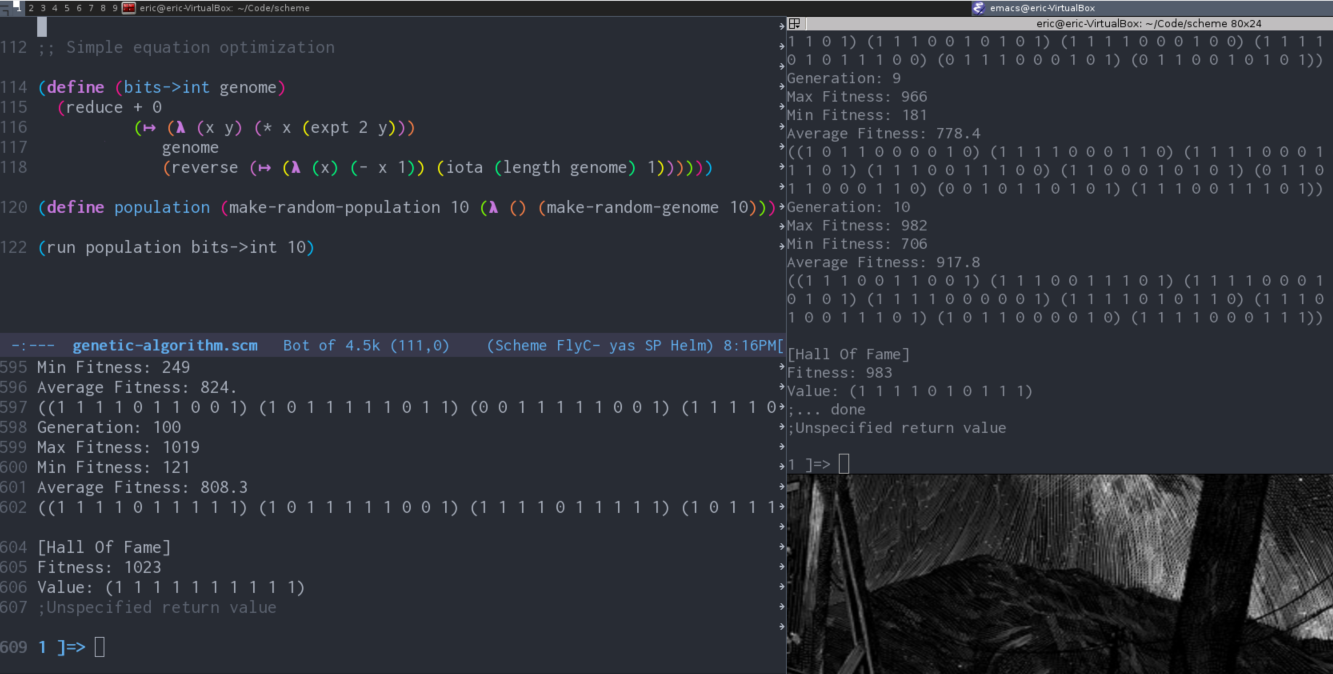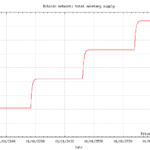Recently I’ve been reading a lot of the Fossil and SQLite code bases. I’ve been very impressed by their cleanliness and the interesting ways in which they break from conventional wisdom in their construction. One thing I stumbled across while perusing a post on the Fossil mailing list was that inetd could be used to create a simple and efficient HTTP server with nothing but some basic C code. My interest was piqued and I began researching inetd on macOS. What I…
(Image: Johann Georg Meyer “Das Lesende Mädchen”, 1871) Introduction There is a hidden history to software engineering that some have come to know, but of which most are sadly unaware. Instead, as happens so often in history, a vein of easily graspable but unworkable techniques and ideas has come to dominate the industry. These techniques are bundled with their own superficially plausible justifications and are parroted, easily enough, by amateurs to ensnare other amateurs. And so, we have a generation of…
(Image Wikipedia Commons) Recently I’ve been having a lot of fun following along with Casey Muratori’s Handmade Hero project. As far as I know this is the first time a seasoned game industry vet like Casey has graciously decided to share the step-by-step creation of a professional-quality game. Amazingly, he’s also been including videos detailing every line of code and every major architectural decision. However, following along with the code examples can be tough if you’re not on a Windows…
Recently I’ve been working on a game engine in C++. I’ve always wanted to participate in a Ludum Dare compo, and this work is in preparation for the December 1st compo. A big piece of the design of my engine is using Lua for scripting and providing novel Lua objects from C++ for this purpose. Yesterday I was attempting to embed provide a C++ object to Lua scripts. This object’s lifetime and ownership were managed using a reference counted shared_ptr,…
(Image by Ben Laposky) [hamzh_toggle title=”Series Parts” state=”closed”] Part 1 – Execution Tables Part 2 – Trace Tables Part 3 – Karnaugh Maps [/hamzh_toggle] Welcome to the third and final article in this mini-series on software validation. In this article we’re going to discuss state machines, what desirable properties they should possess, and then I’ll demonstrate a simple tool for verifying them called Karnaugh Maps. Identifying State Machines As a general rule of thumb, you can identify a program that…
(Image by Leonardo Solaas) [hamzh_toggle title=”Series Parts” state=”closed”] Part 1 – Execution Tables Part 2 – Trace Tables Part 3 – Karnaugh Maps [/hamzh_toggle] Welcome back! In the previous article I explained why you might be interested in software verification techniques and then showed you how to use Execution Tables to verify your software for specific cases. In this article, we’ll generalize Execution Tables into a format that will allows us to create simple inductive proofs about our loops. Trace Tables…
[hamzh_toggle title=”Series Parts” state=”closed”] Part 1 – Execution Tables Part 2 – Trace Tables Part 3 – Karnaugh Maps [/hamzh_toggle] (Image by Manfred Mohr) Introduction If you’re a software developer, and you work somewhere even remotely sane, then chances are good you employ some form of automated testing in your day-to-day practice. Automated testing is a wonderful and extremely valuable tool, but there is nevertheless something slightly fanatical and suspicious about the claims of those who prescribe it as the strategy for managing software quality. Namely,…
A lot of times when using the python Celery library it’s useful to be able to monitor how fast the queue is being consumed. This is useful if you need to do a back of the envelope to see how long a queue will take to chew through, or just to see how the current status of the queue to make sure there aren’t any blockages. So I decided to whip up a simple script to do just that. While this…
I’ve been learning a lot of Scheme programming recently, and while learning is great, it’s nothing if you can’t cut your teeth on a project of your own every once in a while. I needed a project. It had to be something not dictated by SICP, something fairly challenging, and also something of decent size. When I first tried reading SICP in college, I’d tried implementing genetic algorithms in it and failed horribly. To see if I’d made any progress I…
I was doing a simple XML integration with SOAP service today and it really struck me that a lot of the data manipulation would be easier if the data was a dictionary. In addition, the XML returned was guaranteed to be fairly small and have only a handful of schemas – so a full-blown SAX parser wasn’t really necessary as there was no risk of overflowing memory with the raw XML data. So I decided to write a simple recursive…








